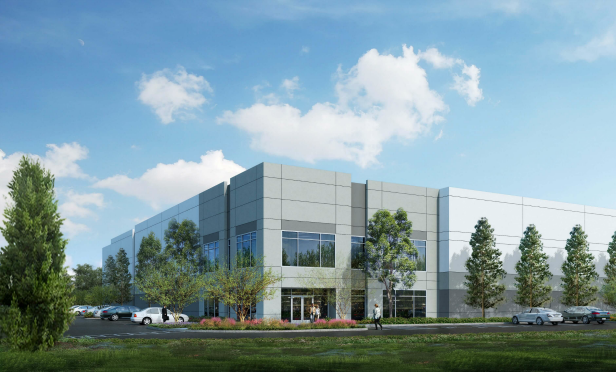 CapRock Partners Jonathan Pharris GlobeSt.com: You have just broken ground on the Serrano Business Park, which is part of a collection of small-box industrial product that you are building in Southern California. Tell me about this development strategy. Jonathan Pharris: GlobeSt.com: What was the impetus to build more small-box industrial product? Pharris: GlobeSt.com: Are you seeing increase demand for smaller industrial facilities? Pharris: GlobeSt.com: What is driving demand for smaller facilities in the Inland Empire market, which has been known for mega big-box industrial development? Pharris: GlobeSt.com: You have only just broken ground on the Serrano Business Park, but have you seen any interest yet as a result of the strong demand? Pharris: GlobeSt.com: In general, what is your outlook for small-box development activity? Pharris:
CapRock Partners Jonathan Pharris GlobeSt.com: You have just broken ground on the Serrano Business Park, which is part of a collection of small-box industrial product that you are building in Southern California. Tell me about this development strategy. Jonathan Pharris: GlobeSt.com: What was the impetus to build more small-box industrial product? Pharris: GlobeSt.com: Are you seeing increase demand for smaller industrial facilities? Pharris: GlobeSt.com: What is driving demand for smaller facilities in the Inland Empire market, which has been known for mega big-box industrial development? Pharris: GlobeSt.com: You have only just broken ground on the Serrano Business Park, but have you seen any interest yet as a result of the strong demand? Pharris: GlobeSt.com: In general, what is your outlook for small-box development activity? Pharris:© Touchpoint Markets, All Rights Reserved. Request academic re-use from www.copyright.com. All other uses, submit a request to [email protected]. For more inforrmation visit Asset & Logo Licensing.






